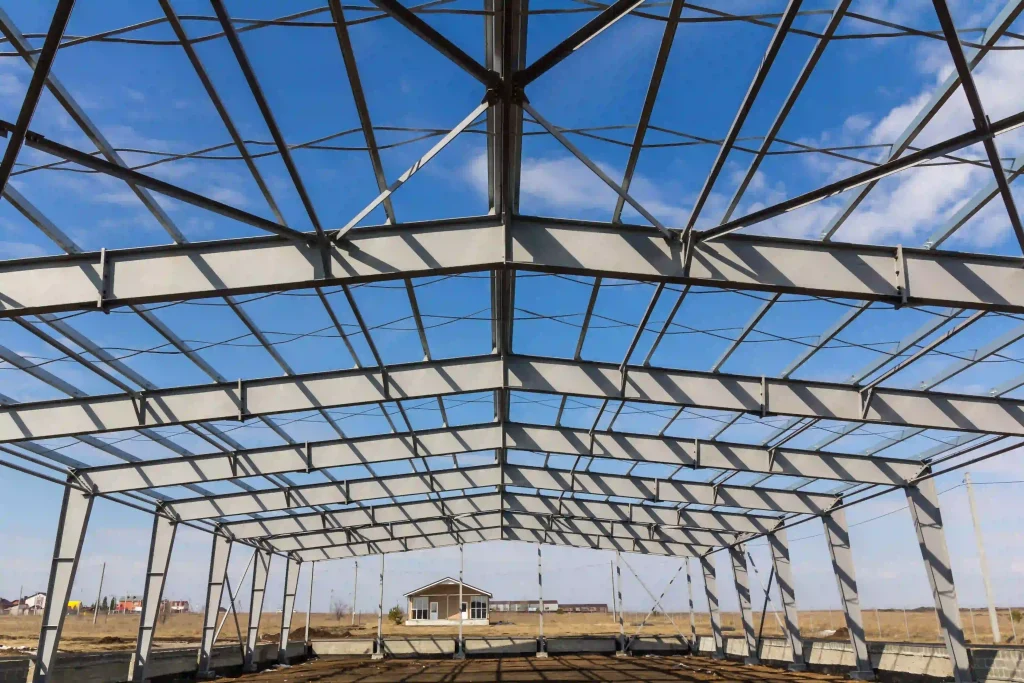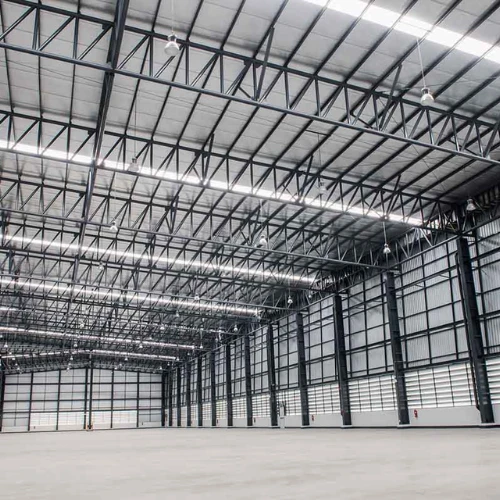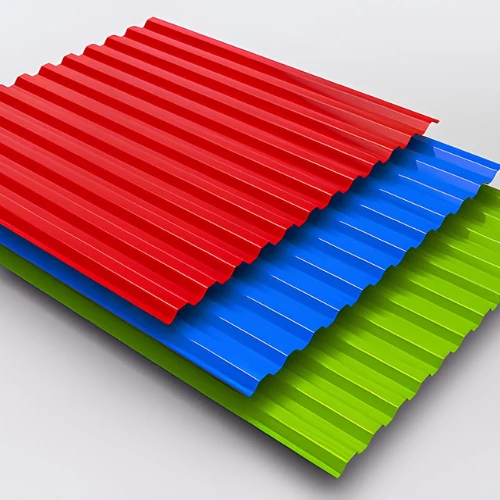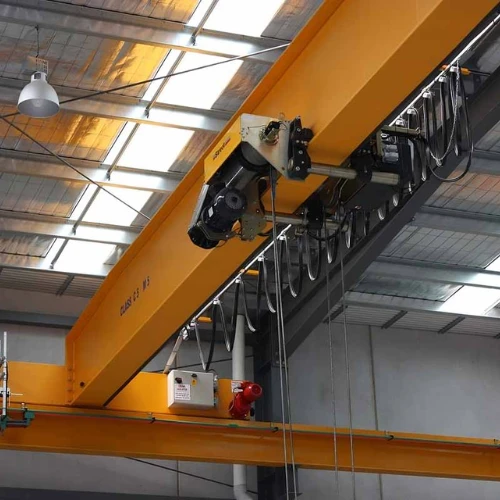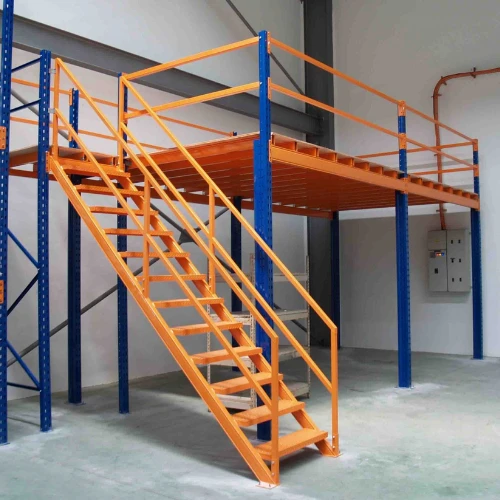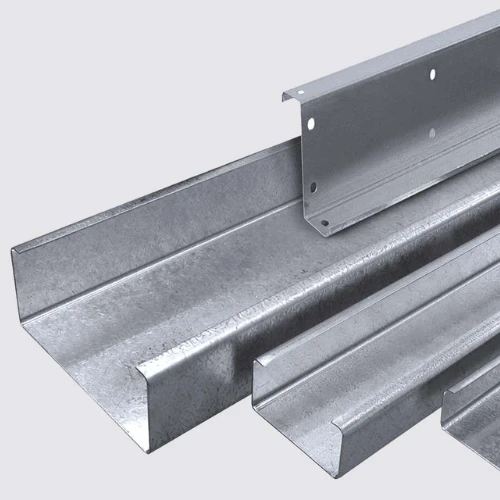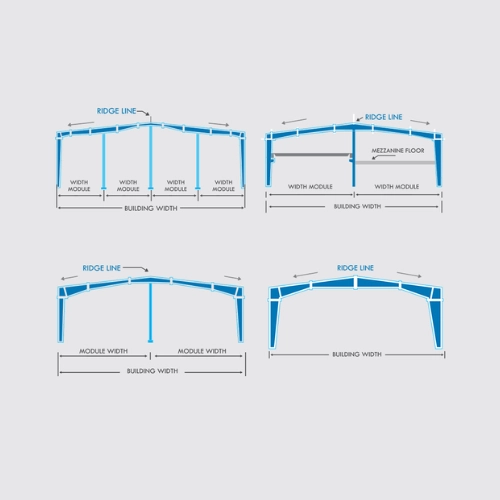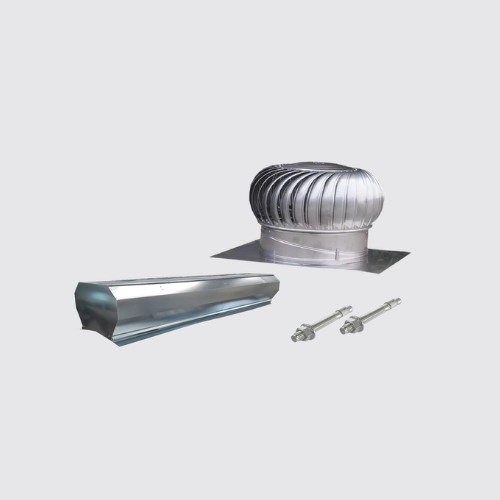Running a small or medium-sized business often means juggling big ambitions on a tight budget. One of the biggest hurdles? Setting up the right infrastructure. Traditional buildings can eat up time, money, and resources that most SMEs can’t always afford. That’s where PEB manufacturers come in, offering smarter, cost-effective solutions.
Pre-engineered buildings (PEBs) are structural steel buildings built in factories and then quickly put together on-site. They’re engineered with precision, go up in no time, and give SMEs a cost-effective way to expand. And it’s not just about saving money; the clever engineering behind PEBs is exactly why so many industries are turning to them.
The Engineering Behind Cost-Effective Pre-Engineered Buildings for SMES
A PEB is not just a steel frame bolted together. PEB manufacturers carefully engineer it and make it optimised for load, strength, and efficiency.
- Structural design: PEB frames use tapered built-up sections instead of heavy rolled sections. This reduces steel consumption by up to 30%.
- Span capabilities: Clear spans of 30–90 metres are possible without internal columns. SMEs gain obstruction-free space for manufacturing or warehousing.
- Load considerations: Designs account for live loads, dead loads, wind loads, and seismic activity based on IS 875 and IS 1893 standards.
- Steel grades: High-strength steel (often conforming to IS 2062) ensures durability without excessive material use.
This optimisation reduces costs while delivering robust performance, making PEBs technically superior to conventional RCC or brick-and-mortar construction.
Faster Construction Through Advanced Fabrication
Time is money for SMEs. Traditional construction often stretches over months, even years. PEB manufacturers change the game with factory-controlled fabrication.
- Design software: Engineers use CAD/CAM and Tekla Structures for precise modelling. Every beam, purlin, and joint is digitally mapped.
- Fabrication process: CNC machines cut steel members with millimetre accuracy. Welding follows AWS D1.1 standards, ensuring structural integrity.
- Surface treatment: Hot-dip galvanising or epoxy coatings protect steel from corrosion, extending lifespan even in coastal or industrial regions.
- Bolt connections: High-strength friction grip (HSFG) bolts replace on-site welding. This speeds up the erection and improves safety.
As a result, a PEB warehouse of 20,000 sq. ft. can be completed in 8-10 weeks, compared to 6-8 months for RCC structures.
Cost-Effectiveness Through Smart Design
PEB manufacturers achieve cost savings through design optimisation. Here’s how:
- Reduced material use: Built-up sections are lighter yet stronger than hot-rolled beams. Less steel equals lower cost.
- Foundation savings: Lightweight steel frames reduce foundation loads. SMEs spend less on excavation and concrete.
- Economical roofing: Standing seam metal roofing with slope designs improves drainage and reduces leakage risks.
- Low maintenance: Galvanised sheets and paint coatings require minimal upkeep, cutting long-term expenses.
Studies show PEB projects save 20–30% of total construction costs compared to conventional methods. For SMEs, this difference can decide whether expansion is feasible or not.
Flexibility in Layout and Expansion
One of the biggest technical strengths of PEB manufacturers in Ahmedabad is adaptability. SMEs often grow unpredictably, and pre-engineered buildings allow expansion without demolition.
- Modular design: Additional bays can be added to extend the building length.
- Mezzanine systems: Steel mezzanine floors support offices, storage, or racking systems. They are designed for live loads up to 300–500 kg/m².
- Clear spans: Column-free areas support machinery layouts, forklifts, and conveyors.
- Customisation: PEBs integrate with HVAC ducts, fire-fighting systems, and solar panels.
Such flexibility ensures SMEs get infrastructure that grows with their business.
Technical Advantages Over Conventional Buildings
PEB manufacturers don’t just provide faster and cost-effective solutions; they provide technically advanced solutions.
- Seismic resistance: Lightweight frames and ductile detailing improve earthquake performance.
- Wind resistance: Steel buildings are designed as per IS 875 Part 3, withstanding wind speeds up to 180 km/h.
- Snow loads: Insulated roofing sheets in colder regions are designed for snow accumulation using IS 875 Part 4.
- Thermal performance: Sandwich panels with PUF insulation achieve U-values as low as 0.3 W/m²K. This reduces HVAC energy costs.
- Fire safety: Intumescent coatings or fire-rated cladding enhance resistance, meeting NFPA or IS standards.
These features make PEBs not only cost-efficient but also technically superior.
Sustainability and Energy Efficiency
Modern SMEs must balance cost with responsibility. PEB manufacturers offer both.
- Recyclable steel: More than 90% of steel used is recyclable, reducing carbon footprint.
- Cool roofs: Reflective coatings reduce heat absorption, lowering cooling demand by 15–20%.
- Natural lighting: Skylights and wall lights reduce dependence on artificial lighting.
- Rainwater harvesting: Roof slopes are designed to integrate with harvesting systems.
By reducing operational costs and promoting sustainability, PEBs help SMEs future-proof their infrastructure.
Applications Across SME Sectors
The versatility of pre-engineered buildings makes them useful across industries:
- Warehousing and logistics: Clear-span layouts for pallet racking and forklifts.
- Textiles and garments: Ventilated sheds with mezzanine offices.
- Food processing: Cold storage facilities with insulated panels.
- Retail showrooms: Customised facades with aesthetic cladding.
- Education and healthcare: Multi-storey PEBs with modular classrooms and labs.
No matter the sector, PEB manufacturers can provide tailor-made solutions that reduce both time and capital investment.
Why SMEs Should Choose Expert PEB Manufacturers
Not every company can deliver quality PEBs. Experienced PEB manufacturers use advanced design tools, adhere to global standards, and provide turnkey services.
- Design to delivery: From structural drawings to final erection.
- Quality checks: Ultrasonic testing, radiography, and third-party inspections.
- Safety compliance: Following IS and other global standards.
- After-sales support: Maintenance guidance and future expansion planning.
SMEs gain not just a building but a partner who supports their growth journey.
Looking for the Best PEB Manufacturers in India?
When it comes to excellence, Choice Prefab LLP is a name SMEs trust. As one of the leading PEB manufacturers in India, we combine technology, expertise, and customer focus to deliver superior solutions.
Our advanced design software, CNC fabrication facilities, and skilled engineers ensure every structure meets the highest standards. From warehouses to showrooms, we provide tailor-made buildings that balance cost, performance, and durability.
Choice Prefab LLP also leads in sustainability. With recyclable steel, energy-efficient panels, and eco-friendly coatings, we help SMEs reduce their carbon footprint. Above all, we deliver on time – every time.
For businesses aiming to grow smartly, Choice Prefab LLP is the partner that ensures reliability, quality, and cost-effectiveness.
Conclusion
Pre-engineered building Suppliers are transforming how SMEs build, offering durable, flexible, and cost-effective infrastructure that drives growth. From faster construction to energy efficiency, pre-engineered buildings deliver real value without stretching budgets.
Ready to grow your business with a reliable PEB manufacturer in India? Partner with Choice Prefab LLP today.
FAQs
Can pre-engineered buildings be dismantled and relocated easily?
Yes. PEBs are bolted structures, making dismantling and relocation straightforward. This flexibility helps SMEs save costs if they shift locations or repurpose the building.
Are PEBs suitable for multi-storey structures in commercial use?
Absolutely. With mezzanine floors and composite deck systems, PEBs can be designed for two or more storeys. Many offices, retail outlets, and institutions already use PEBs for multi-level structures.
What is the average lifespan of a pre-engineered steel building?
A well-maintained PEB can last 40–50 years or more. Galvanised coatings, paint systems, and periodic inspections help extend lifespan even further.
Do PEB manufacturers provide assistance with building approvals and compliance?
We at Choice Prefab LLP assist clients with statutory approvals, drawings for authorities, and compliance with fire and safety norms. This helps SMEs avoid costly delays.
What are the financing options available for SMEs investing in PEB infrastructure?
Banks and NBFCs often provide loans for industrial sheds and factory buildings. Some pre-engineered building Manufacturers also have tie-ups with financial institutions to help SMEs with structured payment plans.

